The Birth of the Robot… Part 2!
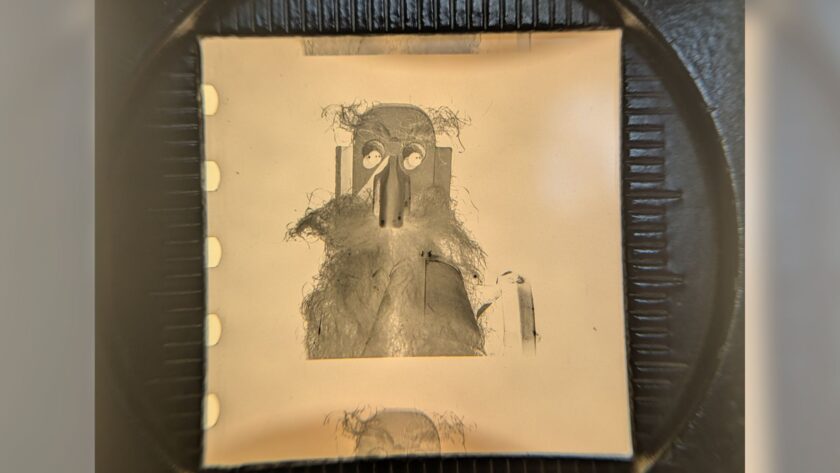
Len Lye’s The Birth of the Robot was part of an explosion of corporate sponsored experimental filmmaking in the 1930s. Following his astonishing direct animation A Colour Box (1935), made for the General Post Office, this Shell sponsored short mixed a commercial message with avant-garde stop-motion animation. It’s an established and celebrated classic of its era, given further significance through the participation of Humphrey Jennings who would go onto to make a series of landmark documentaries. It was one of the earliest animated films preserved by the BFI, listed in the National Film Library’s published 1938 catalogue.

The film was made in Gasparcolor, a three-colour system with a distinctive vibrant palette that contested briefly with Technicolor but failed to compete commercially. Multiple 35mm nitrate prints of The Birth Of The Robot were acquired over the years, and new preservation copies were made from the best of those in 1985 and again in 1999. It’s almost impossible to recreate the exact look of an obsolete colour system through other technologies – photochemical or digital. But a closer approximation of the original look and feel, minus the scratches and wear carried through from distribution print copies, would be possible through working from the original negative. However, for many years we only had half of the picture… literally.
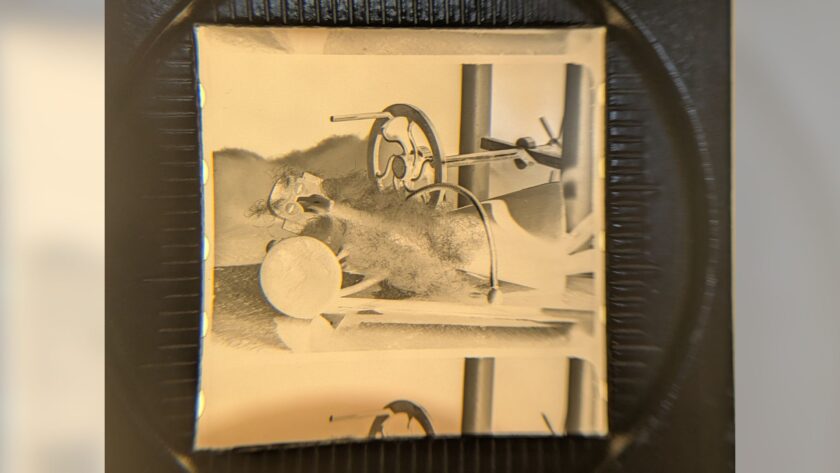
Like many early colour systems, including Technicolor, Gasparcolor worked through separating the red, green and blue colour information of its chosen subject onto separate black and white images on the camera negative. Though this could be done with a beam-splitter camera onto three separate pieces of film, it was easier and more economical to shoot successive frames through colour filters onto the same film strip.
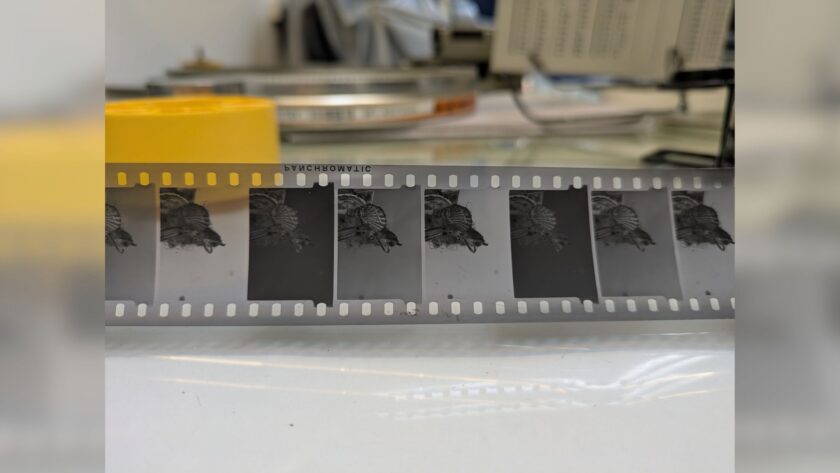
This was a problem for live-action as any movement of the subject between capturing the frames would result in colour fringing when the images were recombined. But it was perfect for animation where still drawings or poses could be photographed at leisure as the movement was an illusion of the cinema. This synergy between the development of colour film systems and the controlled conditions of stop-motion filming was a definite factor in the flourishing of animation production in this period. Successive frame shooting of every image through three different colour filters meant that the camera negative was three times as long as the released film, and split into two reels. This discrepancy possibly contributed to the splitting of the two parts of the film negative somewhere in the film’s history and to us only having reel one catalogued in our collection for several decades.
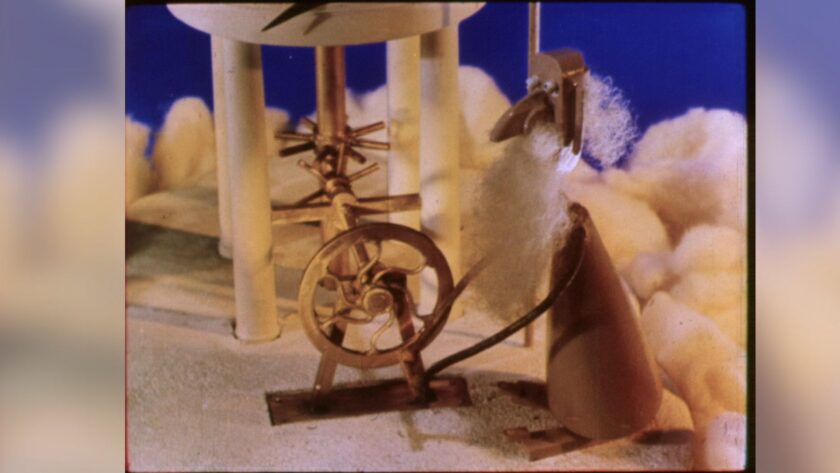
Of course, these things rarely turn up when you are looking for them. But while researching an animated Shell commercial from the 1980s I came across a listing for a can labelled “Shell” with a film manufacture date of 1935. It was also noted as a “successive frame separation negative”. Cue an anxious wait to get the film delivered and onto an inspection bench. Thankfully, after threading the film leader onto a core and winding through to the opening frames I found the familiar face of Lye’s ‘Old Father Time’ puppet staring back at me. Yes! A film complete again.
– Jez Stewart, Curator (Animation)
BFI Replay launches in Dundee!
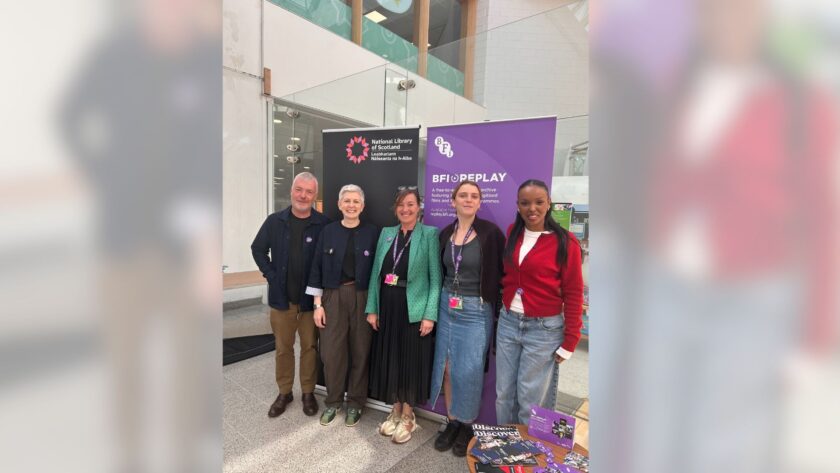
This week, a group of us journeyed to Dundee, Scotland to launch our latest partnership with BFI Replay – now available across all Dundee city libraries! Joining us for the day was Curator Ann Cameron from the National Library of Scotland (NLS), who presented alongside BFI Heritage Programmes Manager Nicky Williams. Between them, they shared the story of BFI Replay, discussing the collaborative work of archives, the goal of the BFI and NLS respectively, and the value of the material being preserved and made accessible. Screening selected clips, the audience experienced a flavour of what BFI Replay offers and had the opportunity to step back in time.
Enhancing the local connection, we were fortunate enough to welcome filmmaker Stella Rooney, who introduced a screening of her short film She Town. Influenced by the women of Dundee and their role in shaping the city’s industry, it was wonderful to be able to share this brilliant and powerful film with an audience in the matriarchal city itself.
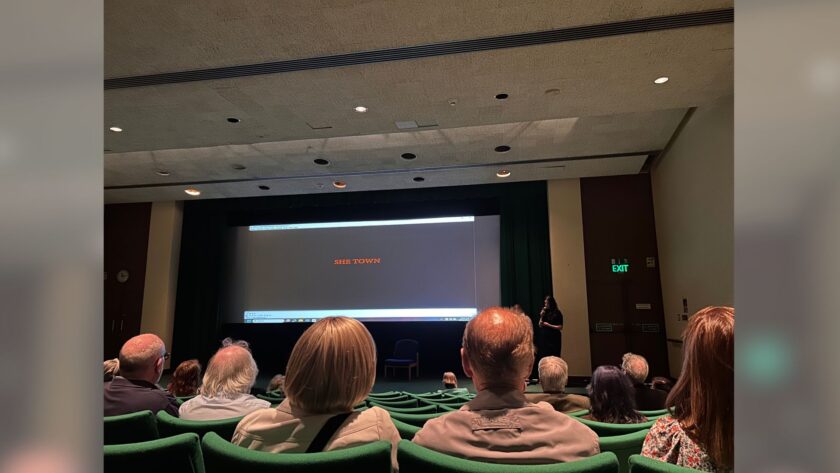
We also spent some time with a group of students from the Women in Games Society at Abertay University. Together we explored Replay’s new collection ‘Pushing buttons: Video Games on TV’ followed by a lively discussion on how the collection reflected (or differed to) their experiences in the gaming world, and what key gaming moments could be included in a screen archive of the future.
While we weren’t in launch mode, the team managed visits to exhibitions at V&A Dundee and Dundee Contemporary Arts Centre. It was a pleasure to spend some time in Dundee and get to know a city with such diverse cultural offerings and lovely people too!
– Sinead Beverland, BFI Replay Engagement Officer & Molly Petter, Outreach and Engagement Coordinator.
The Inside the Archive blog is supported by the BFI Screen Heritage Fund, awarding National Lottery funding.
